
MOSCOW, December 7. Self-cleaning concrete based on raw materials containing waste paints and varnishes was created and patented by SUSU scientists. As the university press service reported, the new building material is biologically safe and can be used to maintain the cleanliness of the exterior of buildings.
Researchers from South Ural State University (SUSU) reported that such concrete will be able to independently decompose organic contaminants on its surface from exhaust gases, smoke and industrial emissions, which are then easily washed away by rain.
According to SUSU scientists, the self-cleaning effect is achieved by adding sludge (a powdery product — editor's note) from paint and varnish production to the concrete mixture. The sludge contains gypsum, which is part of mixed concrete binders, and is also rich in the rare natural mineral titanium dioxide (TiO2).
Working as an accelerator of chemical processes, titanium dioxide is activated under the influence of sunlight and, through a powerful oxidative reaction, decomposes harmful substances on the surface of the material into safe components, after which they are naturally removed in bad weather, for example, washed off by rain.
“
“We use sludge that already contains titanium dioxide. It is very difficult to extract it from there; it is simply a by-product of the paint industry. Manufacturers use titanium white, so titanium dioxide is contained in large volumes in waste. In our case, this is ordinary gypsum, but with a large amount of this mineral in active form (photocatalyst),” said Tamara Chernykh, professor of the SUSU Department of Construction Materials and Products.
She added that the photocatalyst is in its pure form is very expensive, and sludge enriched with it is a cheap product of industrial processing.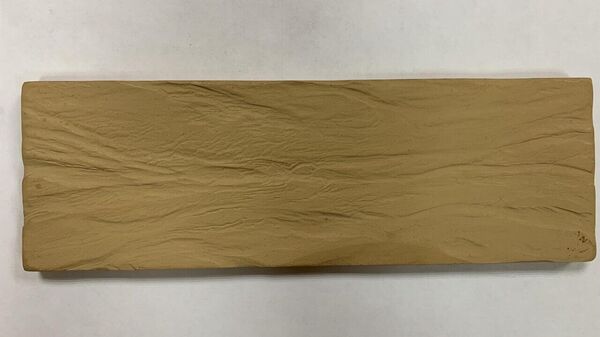
1 of 5
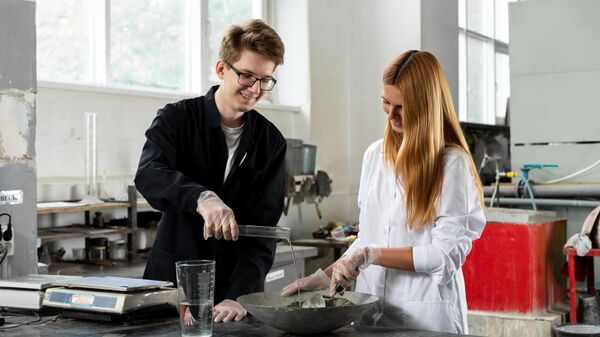
2 out of 5
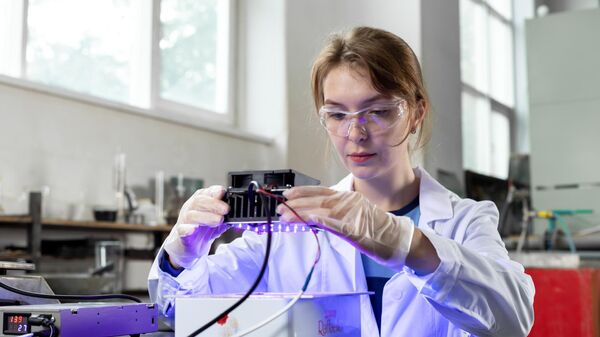
3 of 5
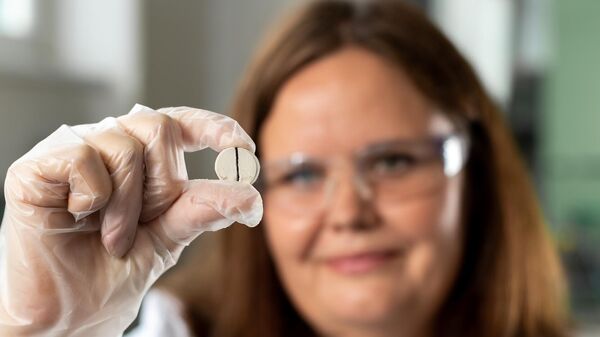
4 out of 5

5 out of 5
1 of 5
2 out of 5
3 out of 5
4 out of 5
5 out of 5
Scientists from the SUSU Department of Building Materials and Products, based at the university, produced samples of finishing tiles from slurry raw materials from the Crimean titanium production plant. Its composition included: gypsum isolated from waste with titanium dioxide, cement and a pozzolanic component (silica fume or fly ash) to increase the moisture resistance of the building material.
The SUSU press service noted that until now no one in the world has used waste paints and varnishes as a source of waterproof gypsum with a natural photocatalyst for the production of building concrete with self-cleaning properties.
Another important feature of the development, according to researchers from Chelyabinsk, What happened is that after processing (roasting, grinding and drying), the sludge becomes an absolutely safe raw material, and the final product comes out inexpensive. In addition, gypsum building materials are safer for the environment than cement ones.
< /span>
According to researchers from SUSU, they were prompted to the idea of developing self-cleaning concrete by a long-term regional environmental problem. In Chelyabinsk, on the territory of a former paint and varnish plant, there have been sludge reservoirs — “pools” with an acidic viscous substance three meters deep for more than twenty years.
The floodplain of the main water artery of the Chelyabinsk region, the Miass River, is located in close proximity to industrial waste storage facilities, which, together with rainwater, fall into the river bed and poison its fauna.
The acidity level of the sludge is so high that due to excessive acidification of the surrounding soil, any vegetation in the area dies. Developers from South Ural State University plan to recycle local sludge accumulations to produce innovative self-cleaning concrete, while also solving a serious environmental problem.
In addition, the fight against pollution of the Miass River can help increase regional economic efficiency due to the possible revival of fishing, which at present, according to SUSU experts, has been largely lost.
According to scientists from the Chelyabinsk university, due to the extremely high anthropogenic load, the once rich reservoir commercial fish — burbot, pike, crucian carp, in some areas it has become virtually uninhabited.
The university hopes that the implementation of their development, in addition to the purely economic effect from the production of new building material, will also be able to improve the environmental situation.








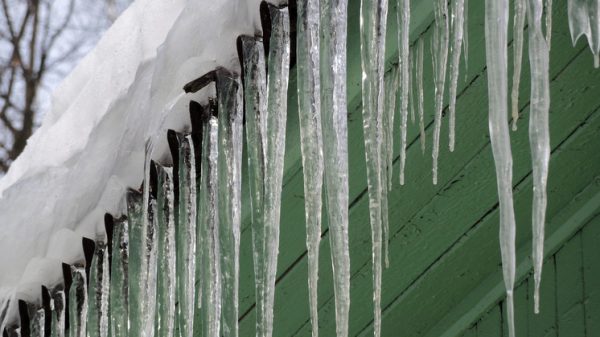
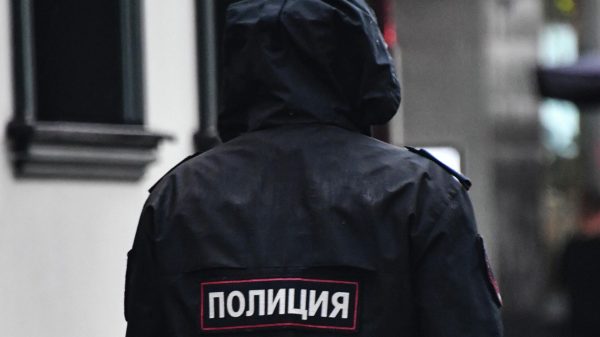
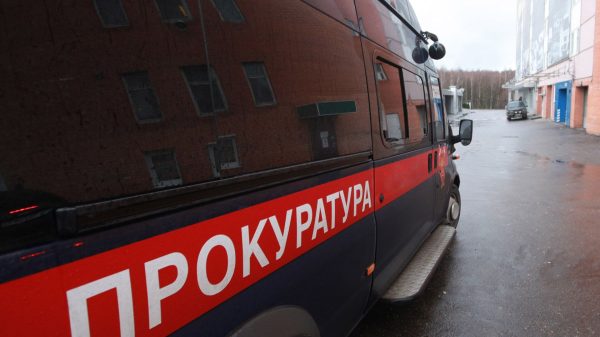



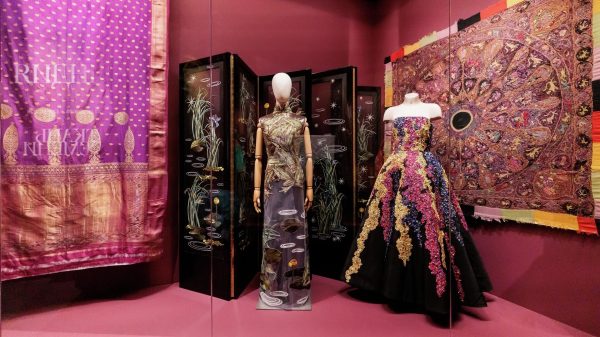
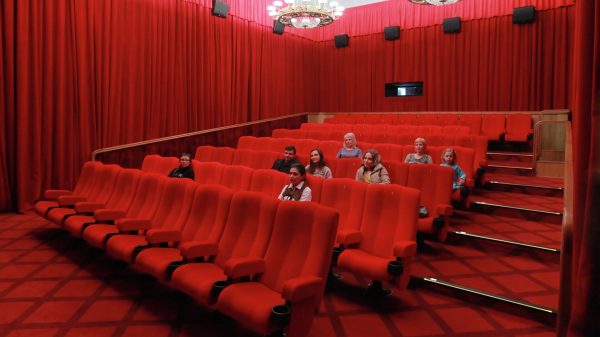





































Свежие комментарии